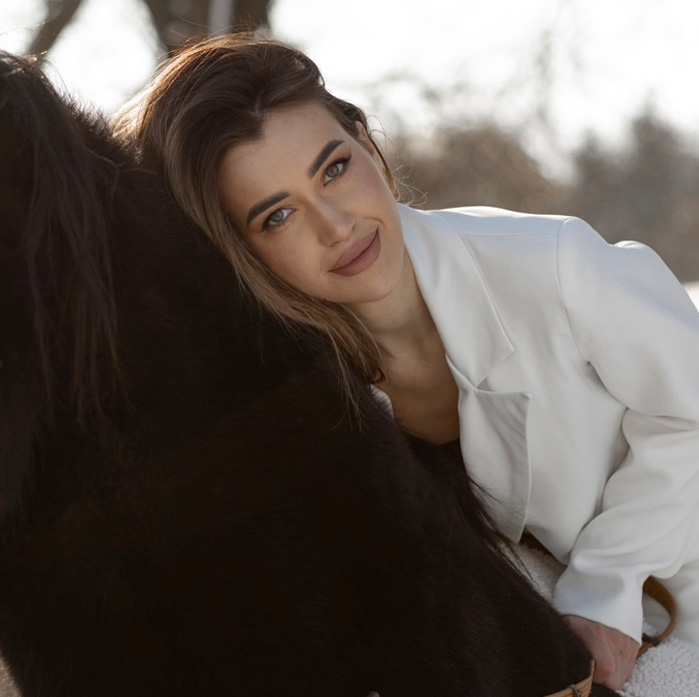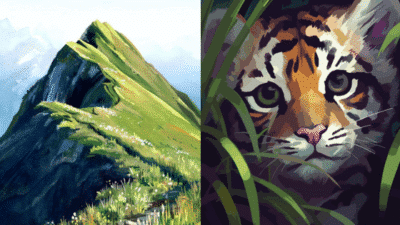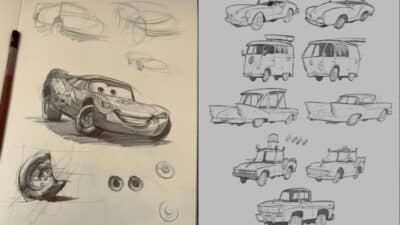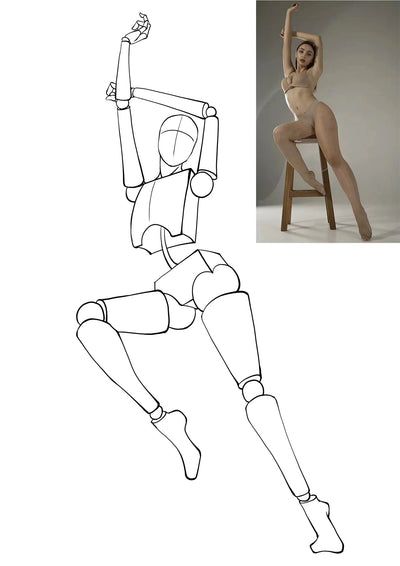
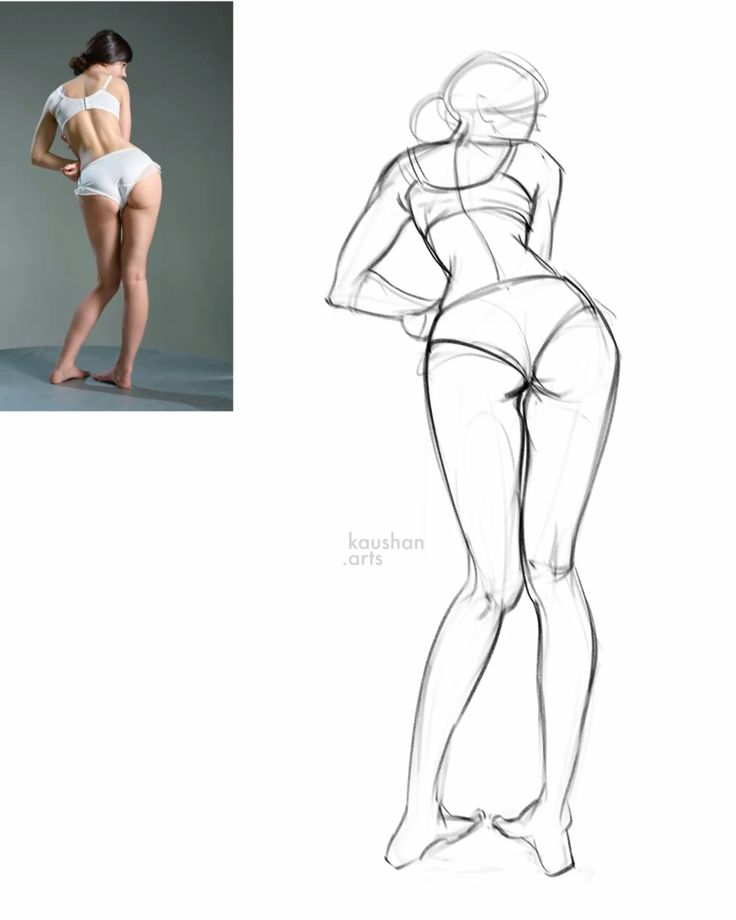
Art reference poses help artists draw accurate and dynamic human figures. They provide a guide for proportions, angles, and body movement, making it easier to create realistic or stylized characters. Using good reference poses improves the quality of artwork by offering a clear visual example to follow.
Artists can use reference poses for different purposes, like studying anatomy or capturing action scenes. These poses come in various types, from simple standing positions to complex movement sequences. Knowing how to find and use these poses saves time and helps build strong drawing skills.
Choosing the right pose affects the final result, so artists should pick ones that match their style and needs. Paying attention to details in the pose can add life and emotion to art. Avoiding common mistakes, like copying without understanding, leads to better, more original work.
Key Takeways
- Reference poses guide artists in drawing accurate human figures.
- Different types of poses serve various artistic needs.
- Selecting and using poses carefully improves artistic skill and originality.
What Are Art Reference Poses?
Art reference poses help artists understand and recreate the human body or objects in various positions. They serve as tools for improving proportion, movement, and anatomy in drawings, paintings, or sculptures.
Definition and Purpose
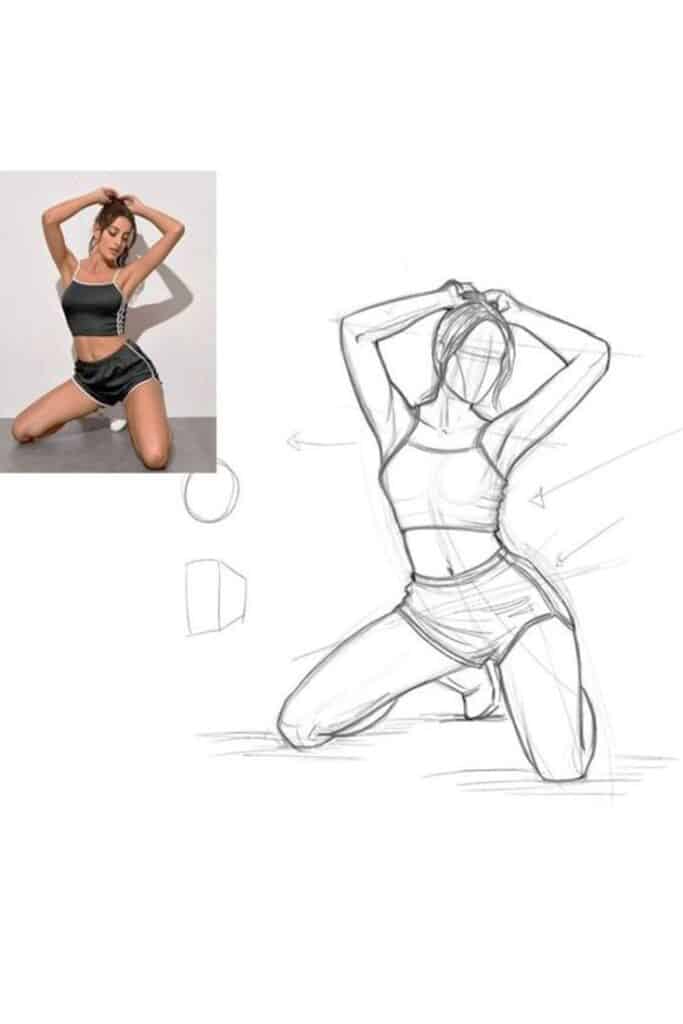
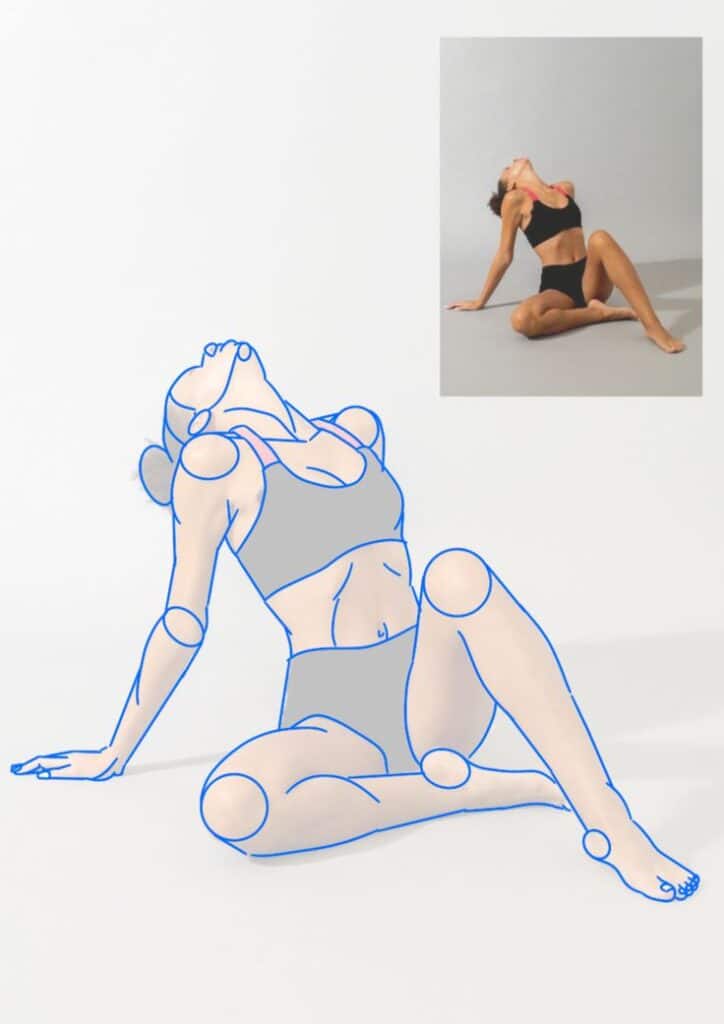
Art reference poses are specific body positions used by artists to study form and structure. They act like guides to show how muscles stretch, bend, or relax in different stances. This helps artists capture realistic movement and balance in their work.
These poses reduce mistakes because the artist can look at a real or posed figure instead of guessing. They also speed up the creative process by providing a clear model of the intended posture.
Historical Significance
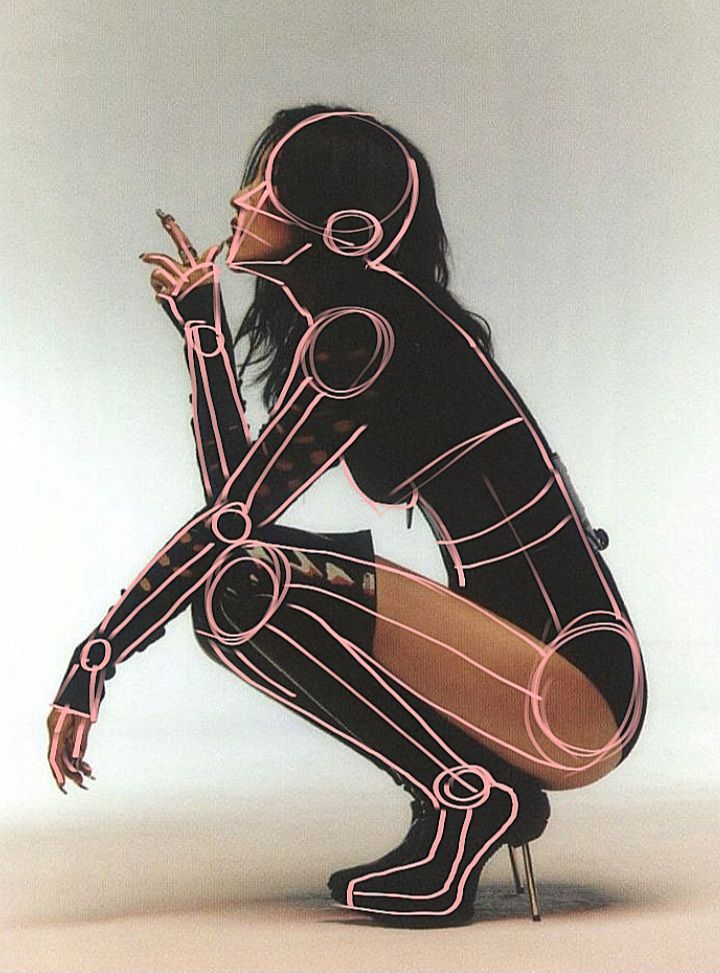
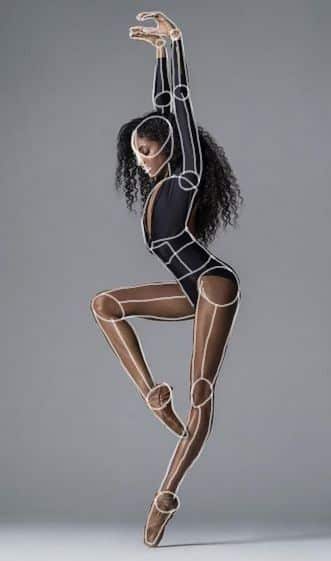
Artists have used reference poses for centuries. In the Renaissance, masters like Leonardo da Vinci and Michelangelo studied live models to understand human anatomy deeply.
Sketchbooks and anatomy studies from this time became essential tools in art schools. They set the foundation for modern practices where artists rely on pose references to maintain accuracy.
Common Uses in Art
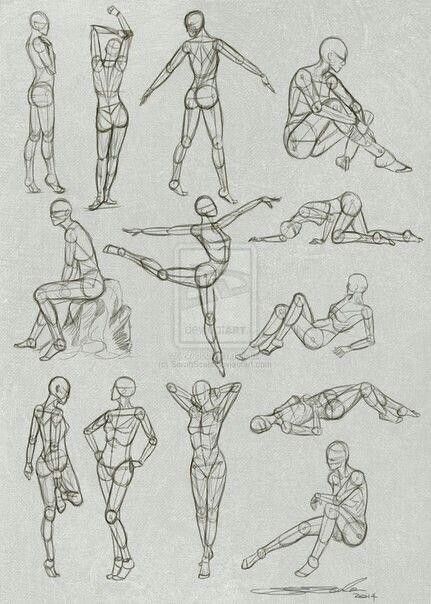
Art reference poses are common in figure drawing, character design, and animation. They help artists create believable characters by showing natural movement or dramatic stances.
Digital artists often use 3D models or photo references to get poses from different angles. These references assist in capturing light, shadow, and detail on the body or objects.
Uses:
- Drawing humans and animals
- Designing characters for games or comics
- Practicing anatomy and proportions
- Sculpting realistic figures
Importance of Reference Poses in Art
Reference poses help artists create accurate and believable drawings. They guide the correct placement of body parts and show how muscles stretch or contract in different positions. Using references also allows artists to express movement and explore new ideas confidently.
Improving Anatomy Accuracy
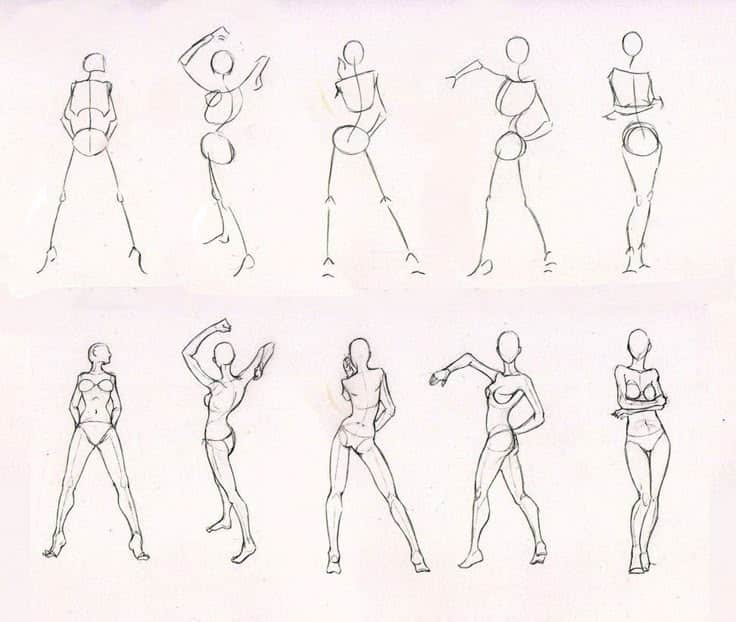
Reference poses give artists a real example of how the human body looks in different positions. They show the correct proportions and relationships between body parts, like how the arm connects to the shoulder or how the spine curves. Without references, artists might guess and make mistakes in anatomy.
Using reference poses helps capture details like muscle tension or how skin folds on joints. This makes characters look more lifelike, even in cartoons or stylized art. It also trains the artist’s eye to recognize body structure, which improves their skills over time.
Enhancing Dynamic Movement
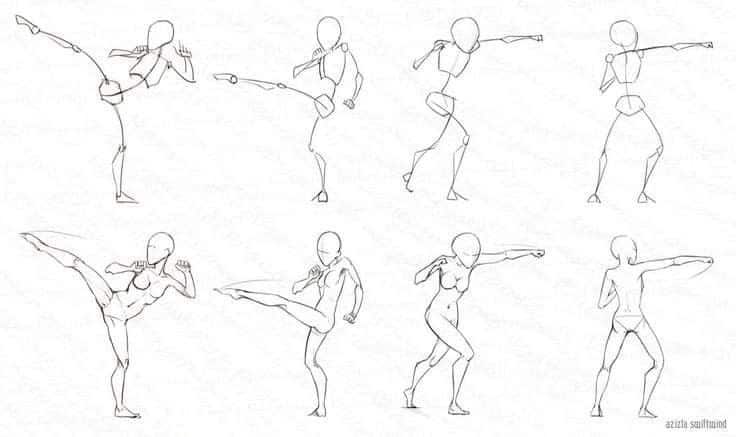
Dynamic movement means showing action and life in a drawing. Reference poses demonstrate how weight shifts, how the body balances, and which muscles work during movement.
Artists use poses from sports, dance, or daily actions to make scenes feel natural. References help show tension in muscles or the flow of clothes as the body moves. This adds energy and realism to art, making it more engaging for viewers.
Supporting Creative Exploration
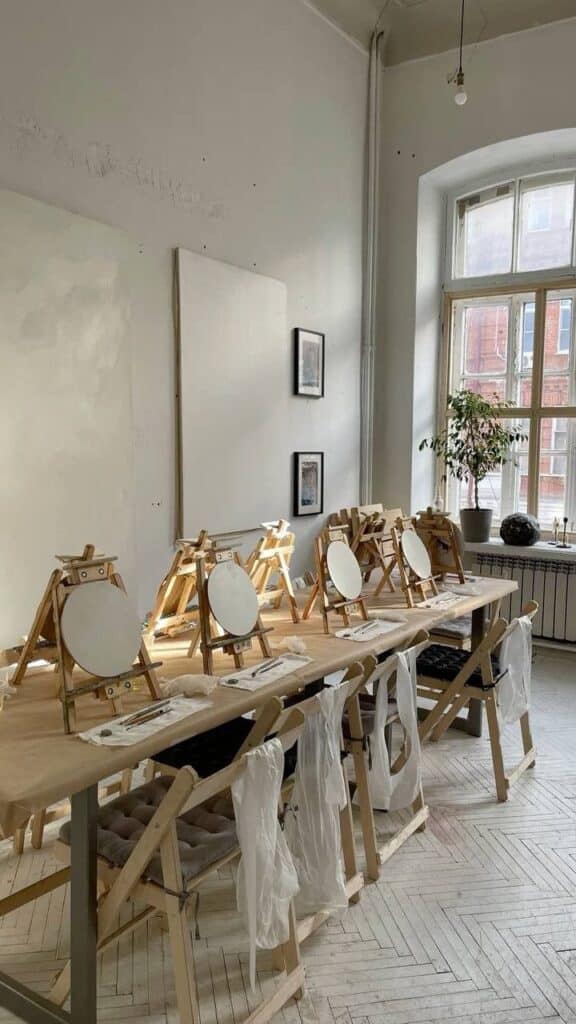
Reference poses are not just copying tools; they open doors for creativity. Artists can combine different poses or adjust them to invent new characters or scenes.
Experimenting with reference poses encourages artists to try unusual angles and body language they might not imagine alone. It builds confidence to explore bold ideas while staying believable. This balance of creativity and accuracy leads to stronger, more original artwork.
Key Benefits of Reference Poses:
| Benefit | Purpose | Result |
|---|---|---|
| Anatomy Accuracy | Learn correct body structure | Realistic, believable forms |
| Dynamic Movement | Understand action and balance | Lively, natural drawings |
| Creative Exploration | Mix, modify, and invent new ideas | Unique, confident artwork |
Types of Art Reference Poses
Art reference poses vary based on the artist’s goals. Some focus on stillness to study form, while others capture motion or detailed anatomy. Different pose types help artists practice specific skills.
Static Versus Dynamic Poses
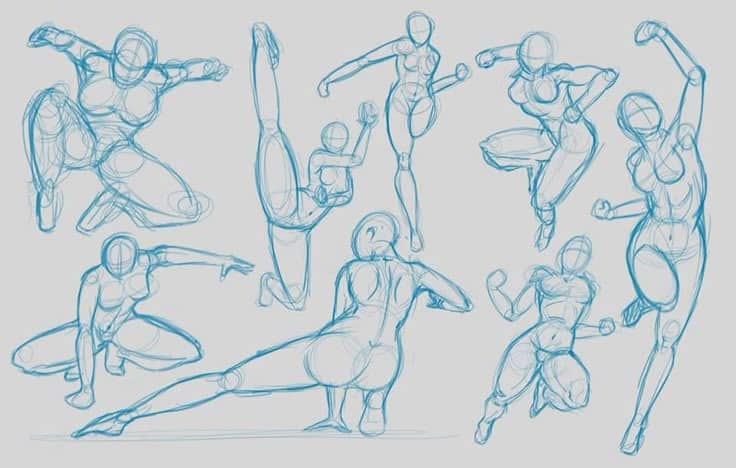
Static poses are stable and calm. They show a figure standing, sitting, or resting without movement. These poses help artists understand body proportions and muscle placement. They work well for studying lighting and shadow on a still subject.
Dynamic poses show motion or tension. They capture action like running, jumping, or reaching. These poses teach how muscles stretch and compress during movement. Dynamic poses add energy and life to drawings but are harder to master.
Using both types helps artists balance structure and flow in their work.
Action and Movement Poses
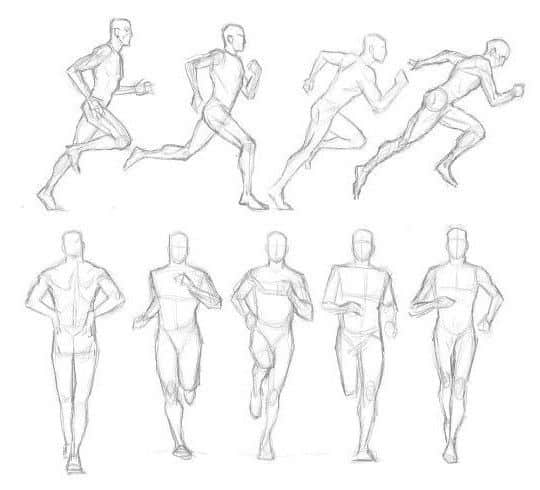
Action poses focus on physical activity. They include running, fighting, dancing, or climbing. These poses highlight balance, weight shift, and body angles during motion.
Artists study these to improve gesture drawing and expressiveness. Key points are the position of limbs and body tilt. Movement poses often involve foreshortening, where parts look shorter when directed toward the viewer.
Action poses are useful for comic artists, animators, and anyone working with storytelling through imagery.
Portrait and Figure Studies
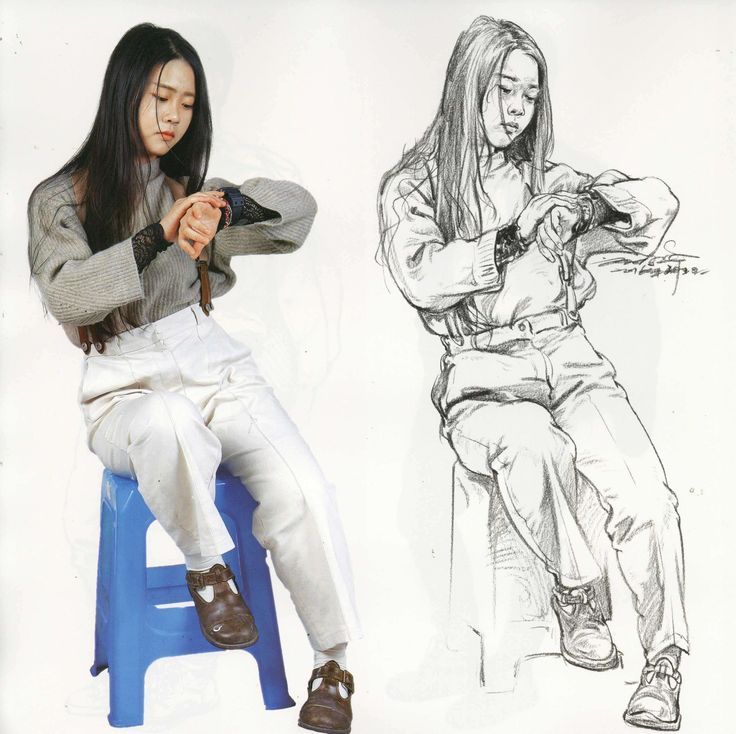
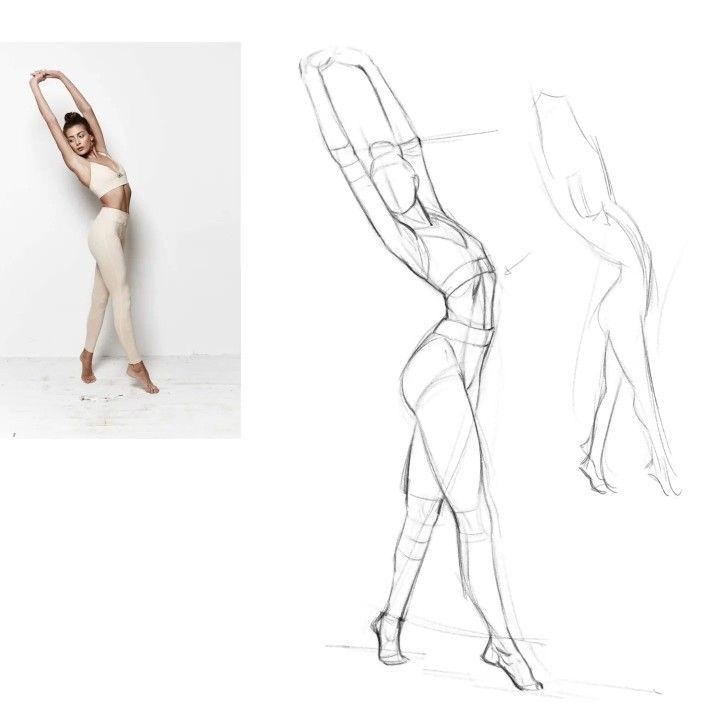
Portrait studies focus on the head and face. They help artists capture expressions, facial structure, and lighting on features. These poses often involve subtle head angles and lighting shifts.
Figure studies show the whole body or large parts of it. The aim is to learn proportions, anatomy, and muscle groups. Artists use figure references with various poses to practice accuracy in body shape.
Both types improve an artist’s understanding of human form and character.
Creating Effective Reference Poses
Creating strong reference poses involves careful planning and the right tools. The artist must arrange models, choose useful software, or capture photos that clearly show body positioning and details.
Posing Models
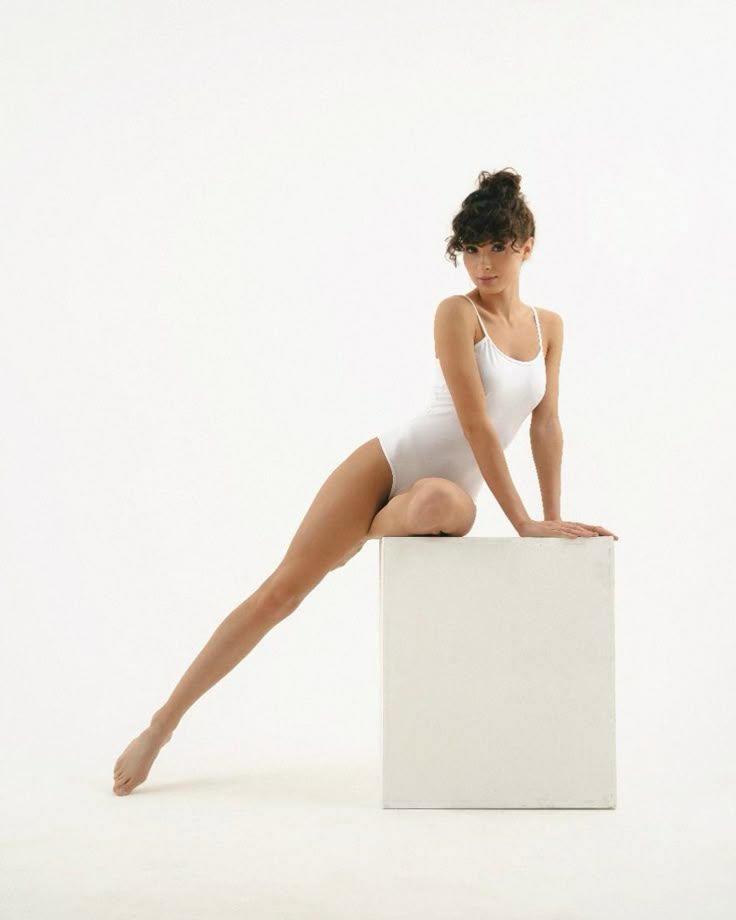
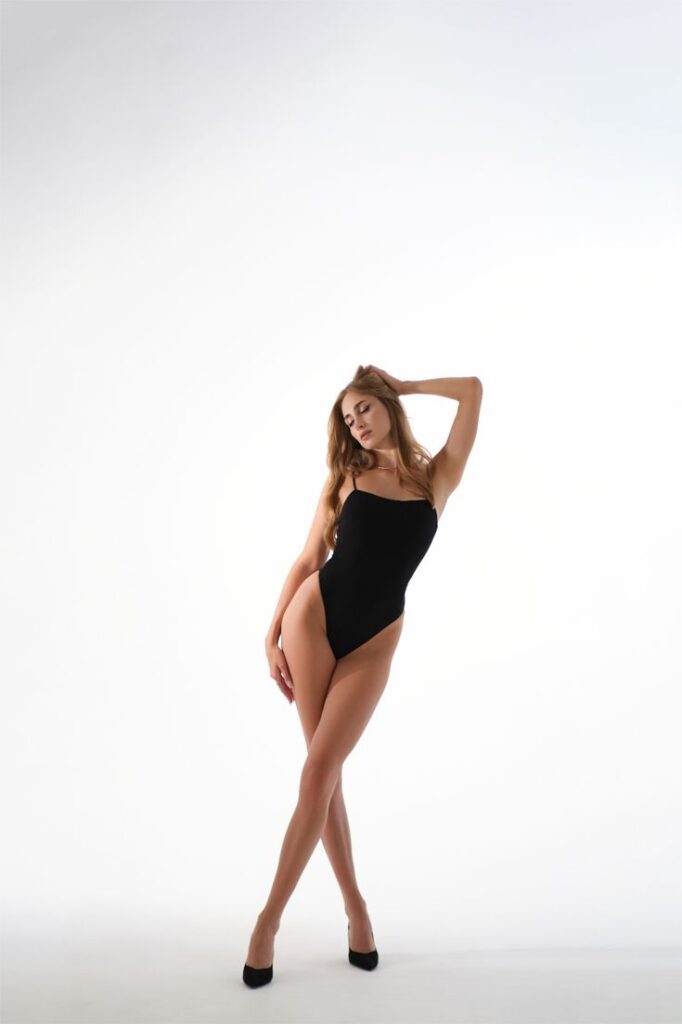
When posing live models, the goal is to get natural and clear stances. The artist should direct the model to hold the position long enough to sketch or study details. Simple, balanced poses work best for learning basic shapes and anatomy.
The artist should focus on angles that reveal muscle groups or joint movements. Using props or chairs can help create dynamic or weight-bearing poses. Lighting should be even to avoid harsh shadows that hide important details.
Using 3D Software
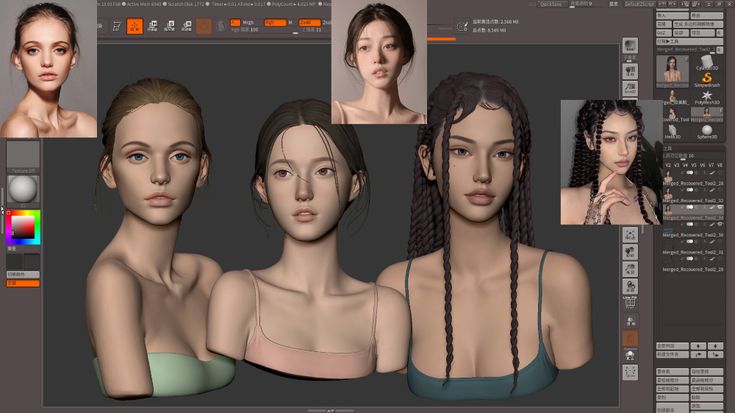
3D software allows artists to rotate and adjust digital models easily. This helps in viewing poses from different perspectives without needing multiple photos. Programs like Blender or Daz 3D provide customizable rigs for body and facial movements.
The artist can tweak the model’s pose to highlight specific anatomy or gestures. Software offers tools for muscle deformation and fine-tuning hand and finger positions. It also allows saving poses for future use, improving workflow efficiency.
Photographing Reference Material

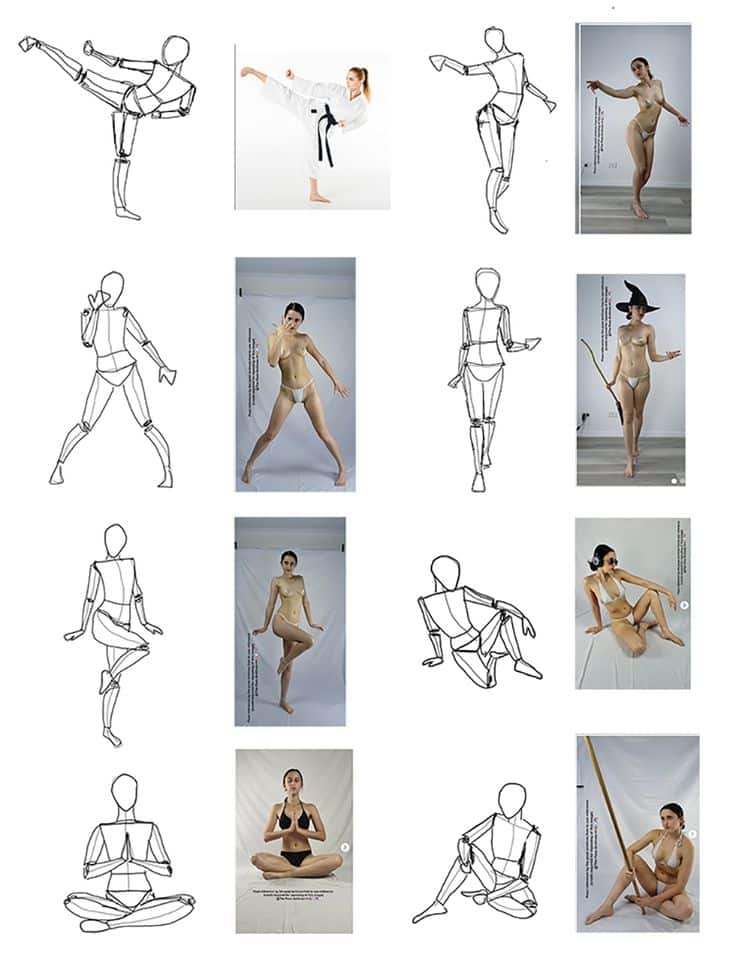
Taking photos for reference is practical for capturing realistic poses. The artist should use a plain background and good lighting to keep the focus on the model’s shape. High-resolution images help capture small details.
Angles are important—front, side, and back views provide a complete understanding of the pose. Using a tripod or remote shutter helps avoid blurry images. Multiple shots with slight pose changes are valuable for animation or sequential art.
Finding Quality Art Reference Poses
Artists need reliable sources to find good reference poses. Some use digital libraries, others rely on printed materials. Many also join communities where they can share and get feedback on poses. Each method offers unique benefits for improving drawing skills.
Online Resources
Websites and apps provide vast collections of reference poses. Many let users filter by body type, angle, and action, which saves time. Examples include Posemaniacs, Line of Action, and Just Sketch Me. These platforms often have 3D models that users can rotate for better views.
Many online tools offer timed drawing sessions. This helps artists practice quick sketches and improve observation skills. Some sites also feature photo libraries of real people posing in different settings. These are useful for realistic and dynamic figure drawing.
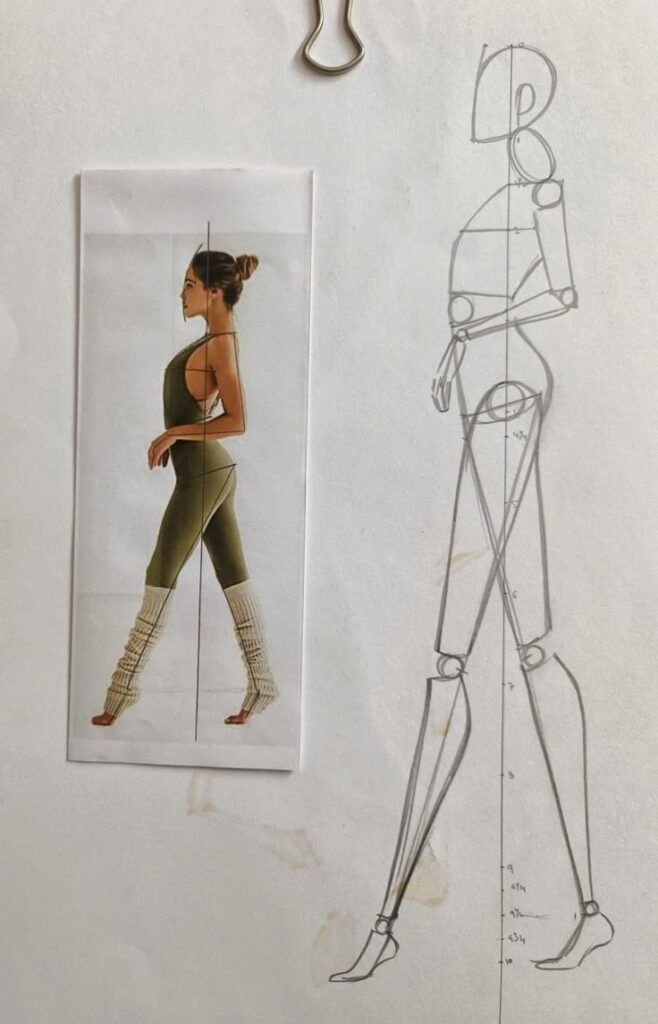
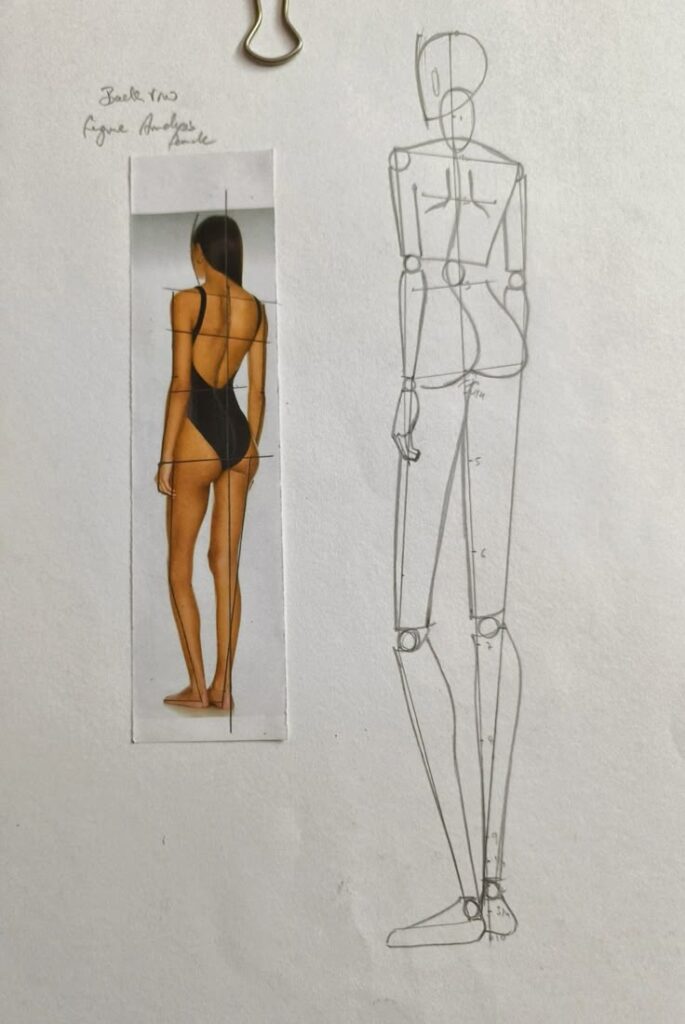
Reference Books and Publications
Books remain a solid source for quality pose references. Artists often turn to titles like “Figure Drawing for All It’s Worth” by Andrew Loomis or “Anatomy for Sculptors.” These focus on anatomy and pose structure, helping build a strong foundation.
Books can offer detailed explanations along with poses, aiding understanding of muscle groups and joint movements. Printed materials are easy to annotate and carry. Sketchbooks can hold copied poses for quick review anytime.
Community and Social Media Groups
Online forums and social media groups allow artists to share poses and tips. Platforms like Reddit’s r/ArtFundamentals or Facebook groups often host pose challenges. This keeps artists engaged and motivated.
Communities provide feedback, which helps spot mistakes and improve. Some groups share photos or 3D pose files created by members. This interaction gives access to diverse poses that might not be found elsewhere.
Incorporating Reference Poses Into Your Artwork
Using reference poses effectively helps artists improve proportion, anatomy, and movement. It involves understanding basic sketching methods, making quick previews called thumbnails, and then transforming those into original drawings. These steps build a strong foundation for accurate and lively artwork.
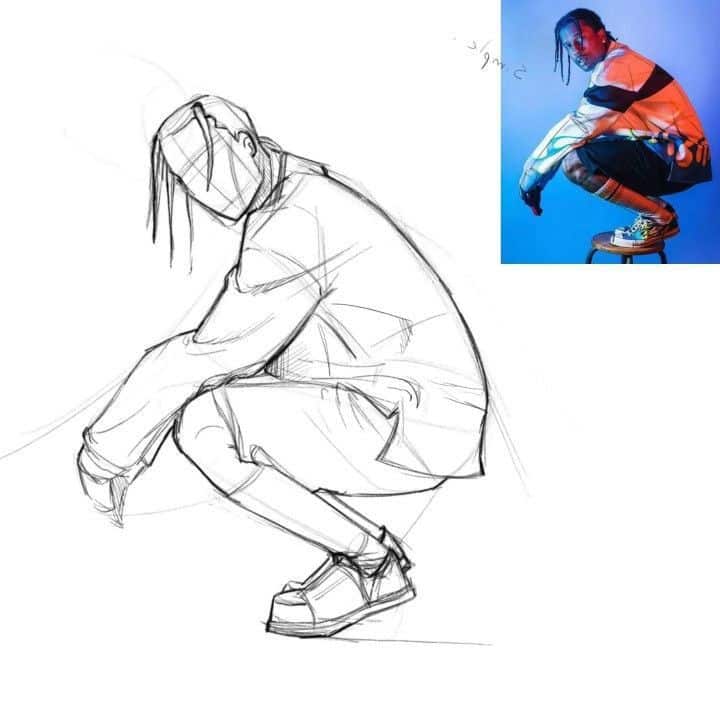
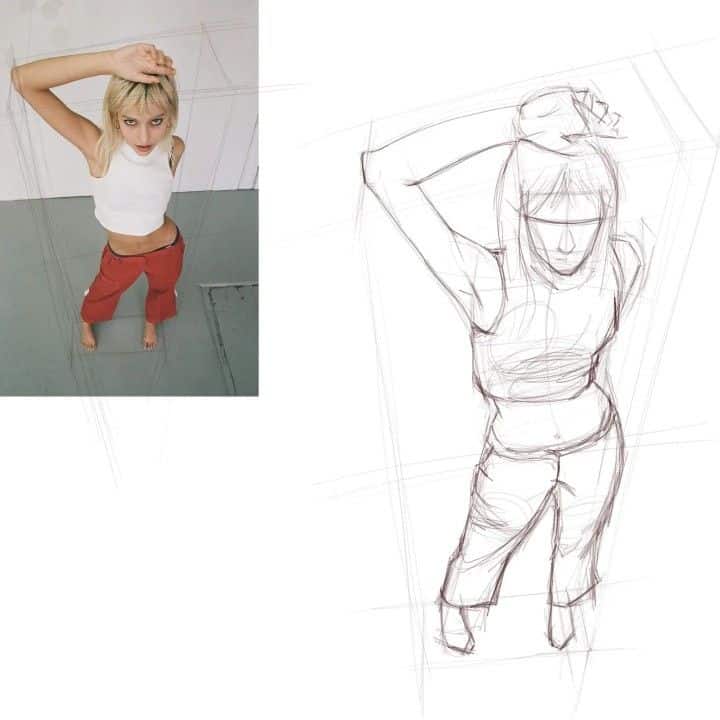
Sketching Techniques
Artists start with light, simple lines to capture the main shapes and posture of the reference pose. Using basic forms like circles, ovals, and lines helps map out the body’s structure before adding details.
It is important to focus on gesture first. This means drawing the flow and energy of the pose through loose, quick strokes instead of trying to get everything perfect at once.
He or she should avoid pressing too hard on the pencil early on. Light sketches are easier to correct and build upon.
Adding anatomical landmarks after the gesture helps to refine the sketch. Points like the shoulders, hips, and joints guide accurate body proportions.
Creating Thumbnails
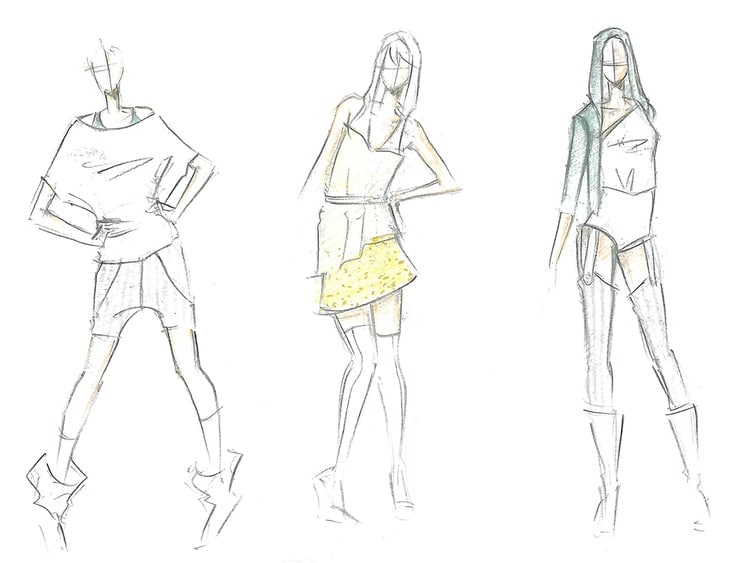
Thumbnails are small, simple sketches that explore different compositions or angles using the reference pose. They let artists test ideas quickly without spending too much time on details.
Each thumbnail should include basic shapes to represent the figure, showing how it fits within the space. This helps decide the best placement and size.
Artists often create several thumbnails to compare options. This reveals which pose and composition work best for the story or message of the artwork.
Keeping thumbnails under a few minutes each focuses on creativity and decision-making rather than perfection.
Translating Poses Into Original Work
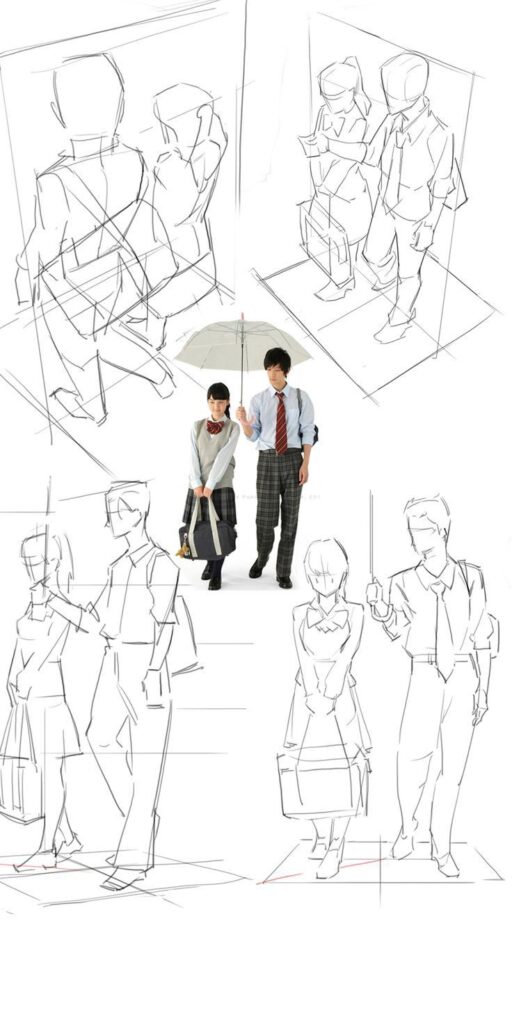
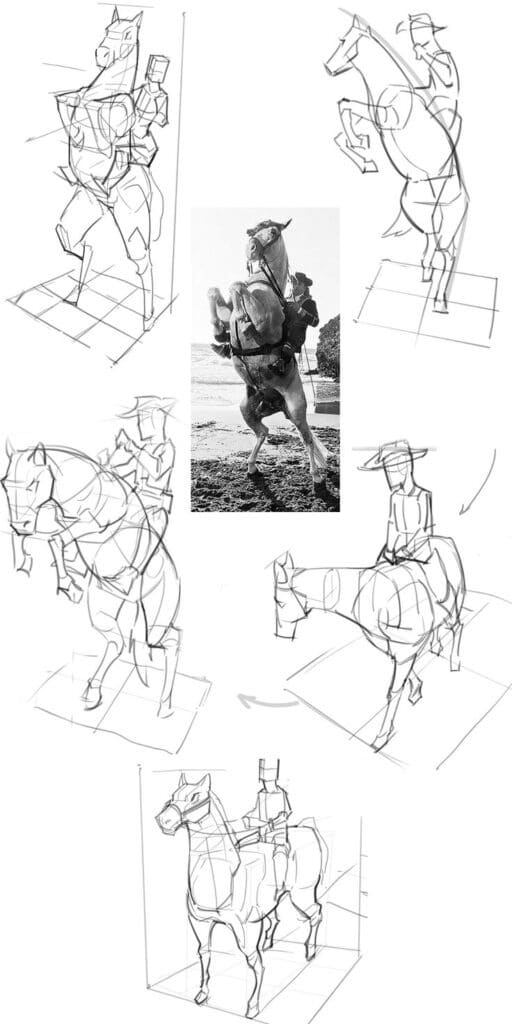
After mastering the reference pose, artists adapt it to fit their own style and ideas. They may change the character’s clothing, facial features, or proportions to make the drawing unique.
It’s important to keep the pose believable even when altering details. The underlying gesture and balance should remain clear to avoid stiff or awkward figures.
Using layers or tracing tools can help in transferring the pose accurately. Then, the artist adds personal touches, such as expression, texture, or colors.
This process allows reference poses to become starting points, not copies, encouraging originality in the final artwork.
Common Mistakes with Art Reference Poses
Artists often face issues that slow learning or reduce the quality of their work. These problems include depending too much on references, copying without adapting, and missing how body proportions change between subjects.
Over-Reliance on References
Relying too much on reference poses can stop an artist from developing their own skills. When an artist always copies exactly, they may not learn to imagine or create original poses.
This habit can make drawings look stiff or lifeless because the artist isn’t practicing gesture or flow. It is better to use references as a starting point. Then, change parts to fit the style or emotion of the artwork.
Too much dependence also slows quicker decision-making. If an artist waits for the perfect reference every time, they miss chances to improve creativity and problem-solving.
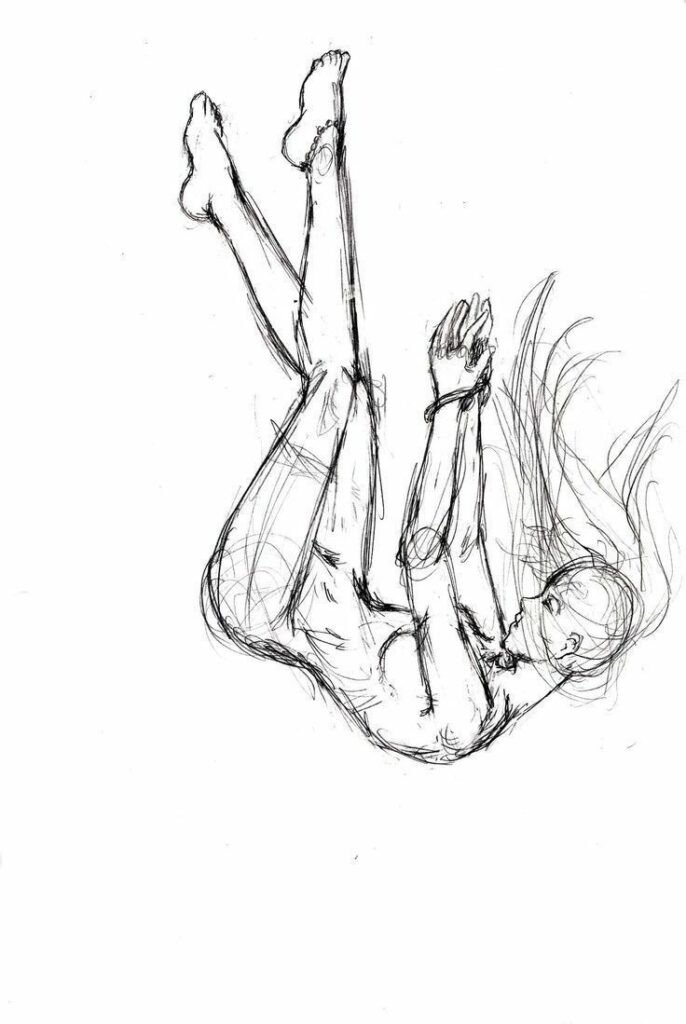
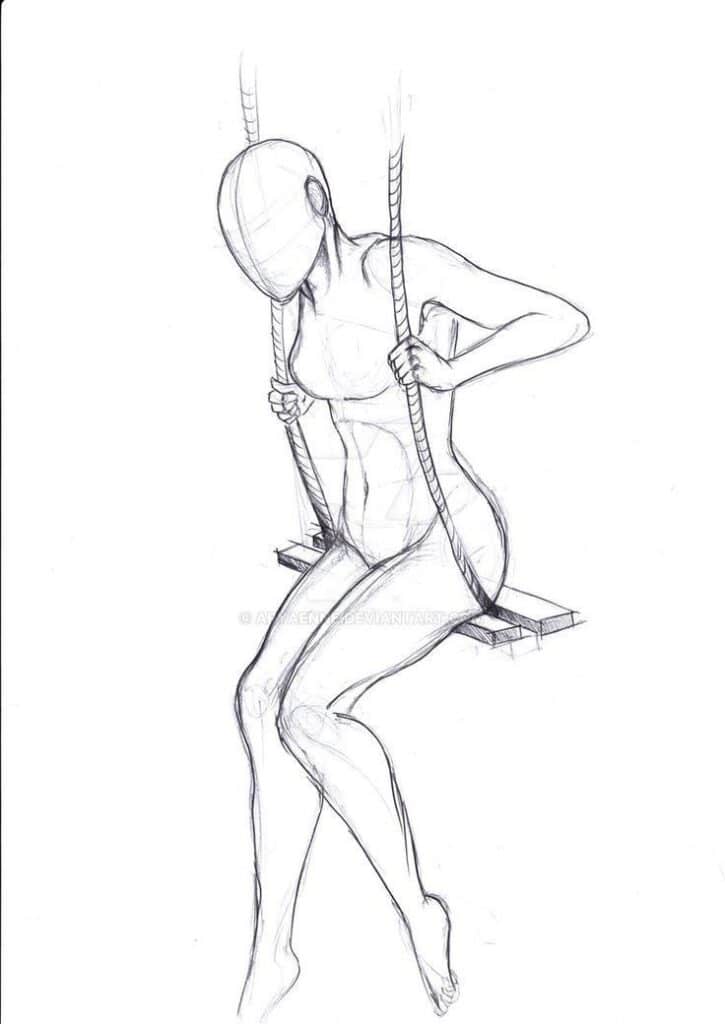
Copying Versus Interpreting
Copying means drawing a pose exactly how it appears in the reference. Interpreting means adjusting the pose to fit the artist’s goal. Copying alone limits growth.
Interpreting reference poses helps create more natural, expressive images. It allows artists to tweak angles, body language, and proportions. This makes art more unique and engaging.
Artists who copy may fail to understand the underlying anatomy. They risk replicating errors or ignoring perspective changes that affect the pose in a new context.
Ignoring Proportional Differences
Many artists use reference poses without paying attention to differences in body size, shape, or gender. This causes mistakes in drawing accurate proportions.
People’s bodies vary a lot. A pose from one person might not look right if applied directly to a character with different proportions. For example, limbs may seem too long or short.
Ignoring these differences leads to art that feels off or uncomfortable to look at. Artists must study how to adjust poses to maintain natural proportions for their specific subject.
Key points to check for:
- Compare joint placement between reference and drawing.
- Adjust muscle size or limb length as needed.
- Use measuring tools or grids to keep proportions consistent.
Legal and Ethical Considerations
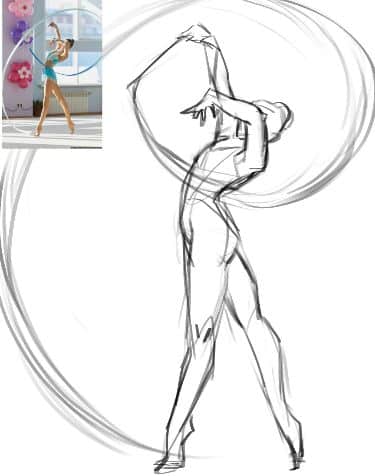
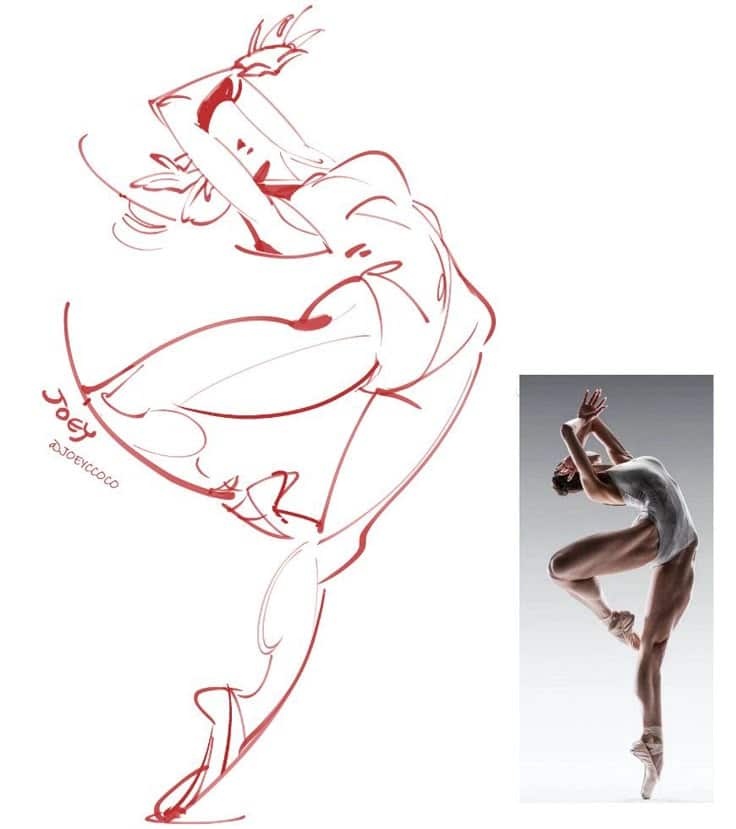
Artists must understand important rules about using reference poses. This includes knowing who owns the images, when to give credit, and how to respect the people in the photos. Following these rules protects the artist and the model.
Copyright and Usage Rights
Reference poses are often protected by copyright. This means artists need permission to use these images, especially for commercial work. Using copyrighted poses without permission can lead to legal problems.
Some websites sell or share royalty-free poses. Even then, artists should read the license carefully. Licenses might limit how the poses can be used, such as not allowing redistribution or commercial use.
Taking your own photos for reference avoids these issues. If using someone else’s photos, always check the copyright status and follow the rules.
Credit and Attribution
Giving credit means naming the photographer or the source of the reference pose. This is important when the pose is shared publicly or used in art sales.
Not all poses require credit, but it’s good practice. If the license or website asks for attribution, artists must include it. This can be as simple as writing “Photo by [Name]” near the artwork.
Attribution shows respect for the creator’s work. It can also help others find good reference materials.
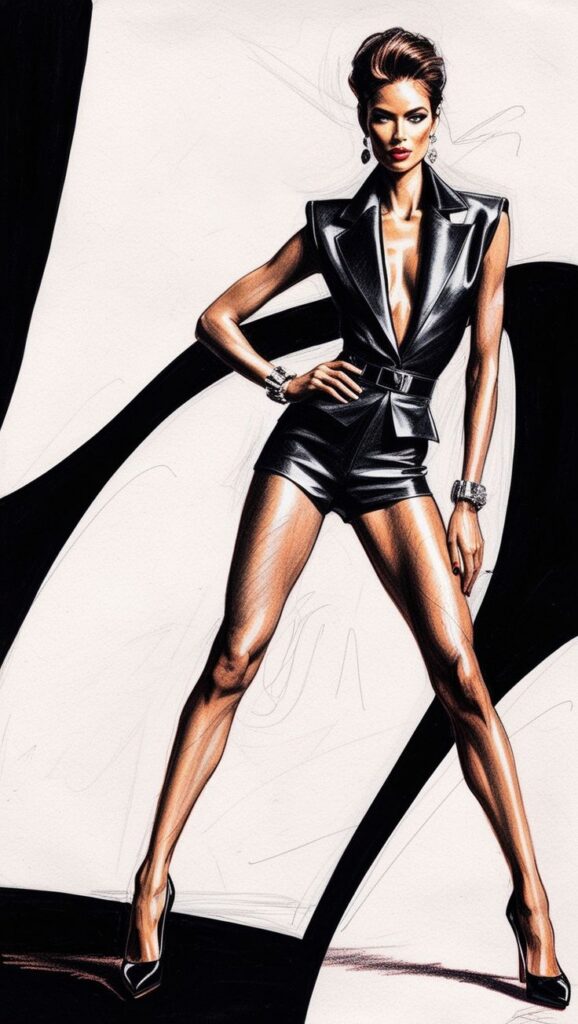
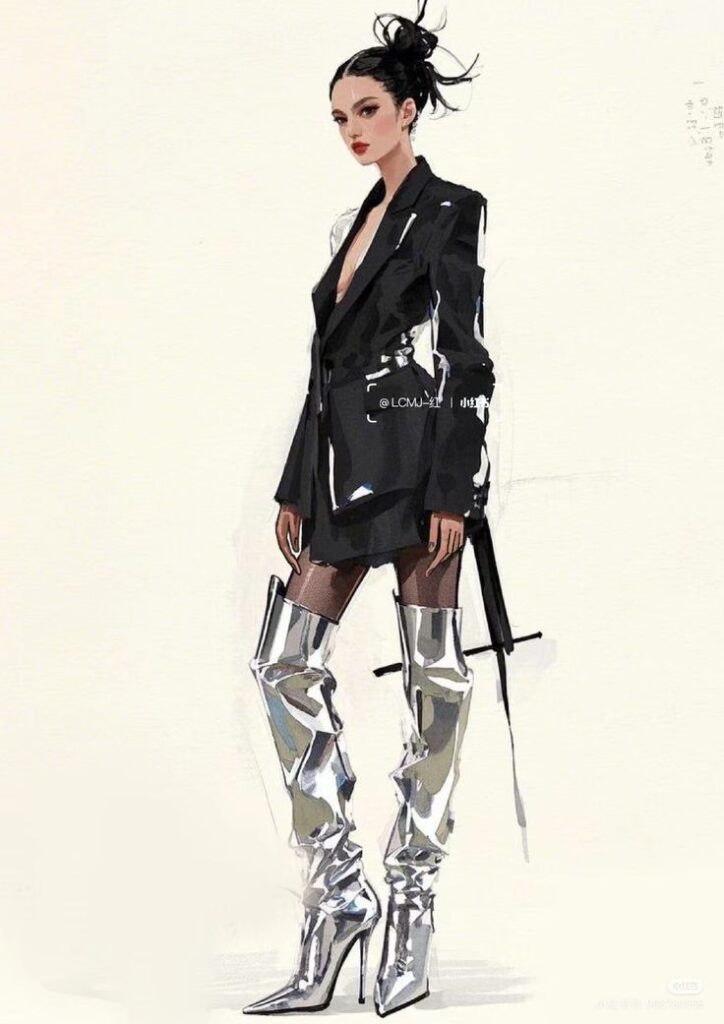
Ethical Model Representation
Artists should treat models with respect, especially when using reference poses. This means avoiding images that exploit or embarrass the person.
If using photos of real people, artists must ensure the poses were shared willingly. Consent matters even if the image is online or free to use.
Avoid altering poses to create harmful or disrespectful images. Ethical use supports dignity and trust between artists and models.
Advanced Tips for Using Art Reference Poses
Using art reference poses effectively goes beyond copying a single image. It involves mixing multiple sources, changing the style to fit the artist’s needs, and building a diverse collection of visual materials for future use.
Combining Multiple References
Artists often use parts of different reference poses to create a new, unique pose. This approach helps avoid stiff or unnatural drawings by mixing elements like limb positions from one photo with the torso angle from another.
To do this, an artist should:
- Break down each reference into sections (head, arms, legs).
- Choose the best part from each to enhance the final pose.
- Sketch loosely at first to combine these parts smoothly.
This technique encourages creativity while maintaining accuracy. It also helps when a perfect single pose doesn’t exist or matches the desired action.
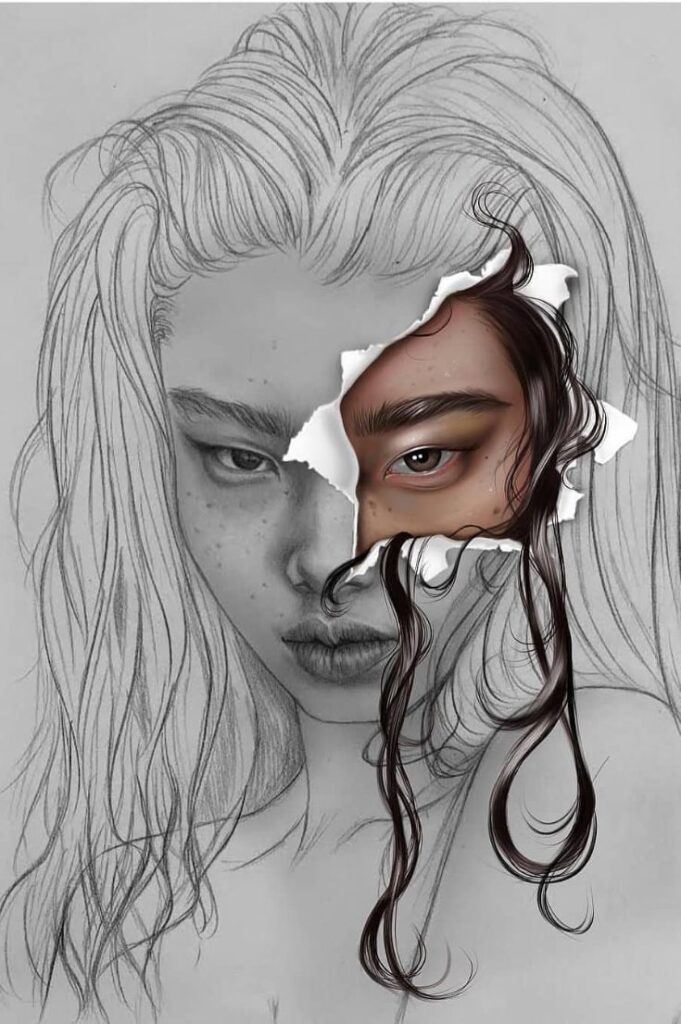
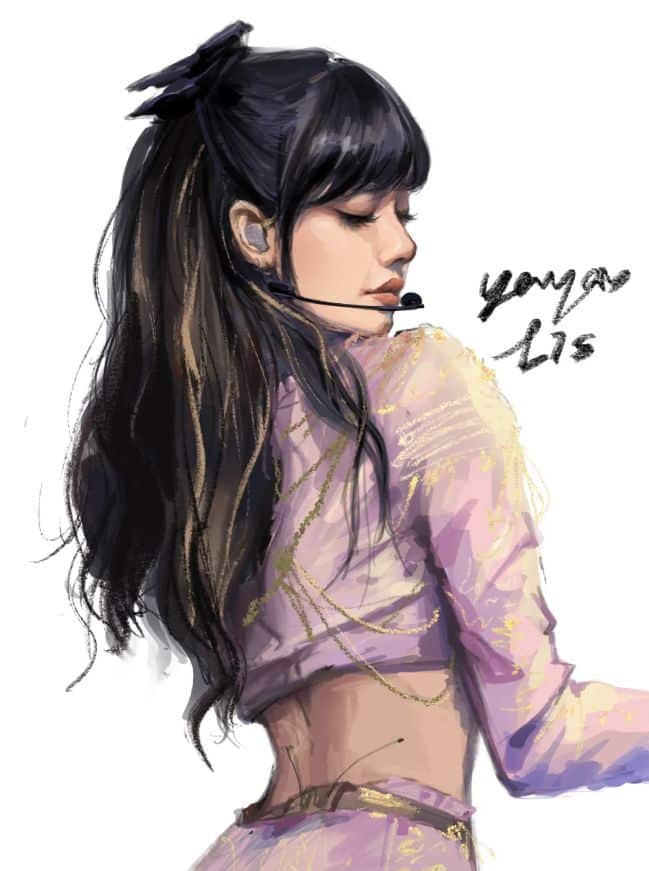
Stylizing and Abstraction
Stylizing means changing details of the reference to fit an artist’s unique style. This can include exaggerating certain features or simplifying complex shapes to create clearer forms.
Artists may:
- Focus on basic shapes behind the pose, like cylinders and spheres.
- Change proportions for dramatic effect.
- Remove unnecessary details to keep the drawing clean.
Abstraction helps make poses understandable at a glance. It also frees artists from strict realism when the work calls for a different tone or mood.
Expanding Your Visual Library
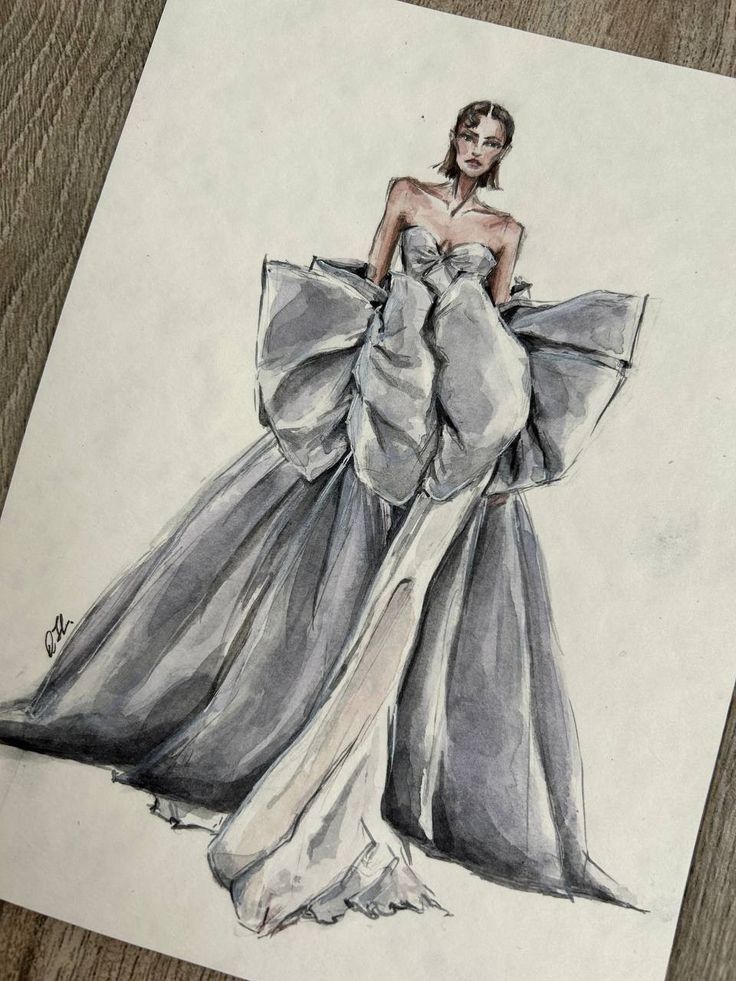
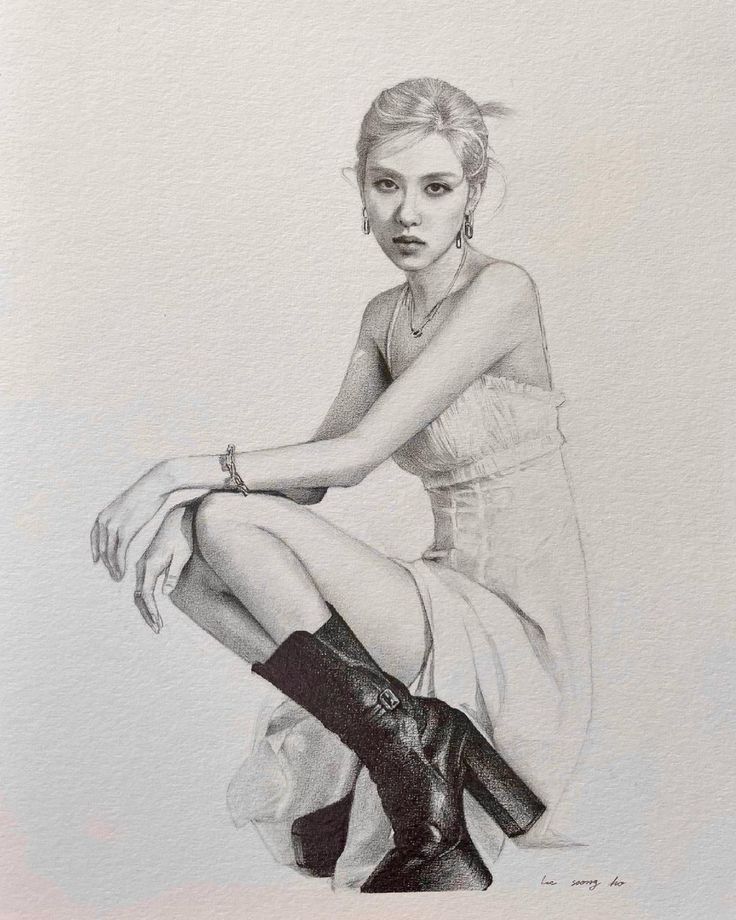
Building a large collection of reference images gives artists more flexibility. This library can include photos, sketches, and 3D models.
Key tips for expanding this library:
- Collect images from diverse sources (nature, photos, videos).
- Organize images by pose type, angle, or action.
- Review and update the library regularly.
Having many references allows faster idea generation and better pose selection for different projects. It supports consistent practice and skill growth.
- 1.1Kshares
- Facebook0
- Pinterest1.1K
- Twitter0
- Reddit0
